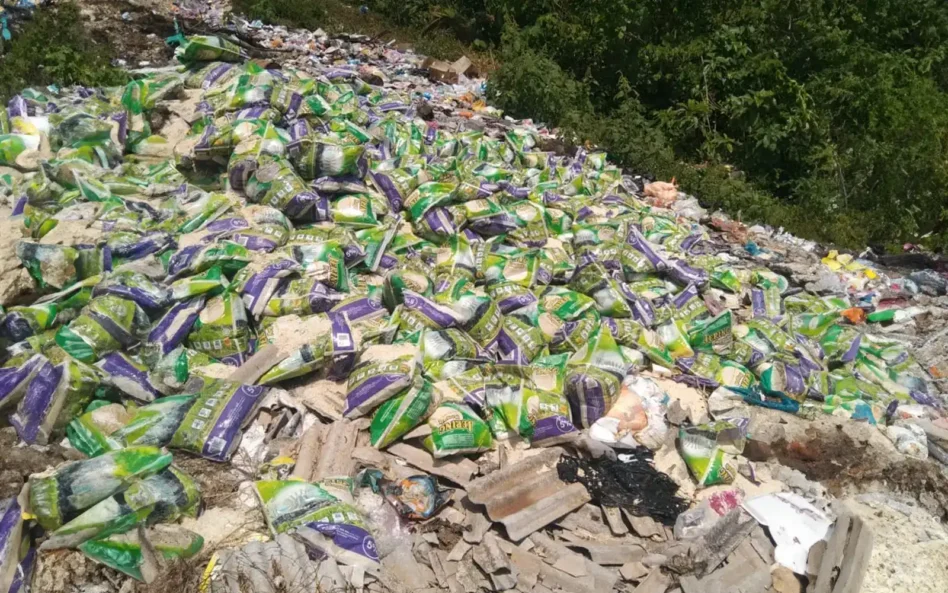By Ramakrishna Damodharan
WHILE the scramble to develop vaccines in treating patients with Covid-19 in itself is an important factor to battle the pandemic rage, protection of intellectual property alongside discovery of novel antibodies, breakthroughs in medical treatments or inventions in AI-powered technology is to be put in place now for better preparedness against the next coronavirus to minimise its severe impacts for future generations.
Covid-19, the infectious disease caused by a newly discovered coronavirus has been making headlines every day. With every passing day, we see a rapid growth in the number of people and areas affected by the coronavirus. The number of people affected has exceeded 400,000 in 197 countries as of this moment, and the numbers are increasing every minute.
At the time of writing, the total number of reported cases in Malaysia is 1,624 and the total number of deaths is already 16.
Covid-19, now declared a global pandemic by the World Health Organisation (WHO), has been creating panic in the world. Countries have been declaring a travel ban, and toilet paper and sanitisers are out of stock. Panic sets in when people are not prepared and don’t have enough information. This is true in general and right now for the coronavirus outbreak as well.
History tells us that every century or two, there is a particularly virulent pathogen that poses a significant global threat to humans. We don’t know if the coronavirus will have the transmission rate of the Spanish Influenza of 1918 — which infected half a billion people.
What is even more worrying is the pattern of occurrence of other cases of coronaviruses that have proven to be lethal; the SARS outbreak that spread to over 8,000 people worldwide and killed almost 800 in 2003, and the MERS outbreak in 2012 with about 36% of those diagnosed with the disease die from it. With the latest Covid-19 outbreak in 2019, another pandemic may be forthcoming in the next decade or so.
As we struggle to contain, treat and ultimately defeat the coronavirus, we need to be thinking about the next pandemic to avoid panic setting in. How can experience from past crises be useful in combating this one? How can we ensure that lessons learned and questions raised from the coronavirus fight are used to prepare us for the next time?
At present, there are no approved vaccines or treatments available even though top scientists and physicians worldwide are working around the clock to find drugs to treat Covid-19 patients. Different countries and private pharmaceutical companies have been investing a lot in research and development to formulate a medication for this pandemic. All these companies are likely to seek patents for their proposed cure.
The question that needs to be looked at right now is, is there a need for a patent at this time of a global crisis? I’ll start with my area of expertise – intellectual property. The answer is a sound yes. With every new disease comes a new cure, new medications, and along with them new patents.
The Chinese National Intellectual Property Administration at a press conference in February stated that “drug research and development is expensive, time-consuming and risky and, therefore, requires strong intellectual property protection”.
A patent is a form of intellectual property that allows the patent holder to control the use of a product or method of doing something. That control includes the ability to charge royalties for its use.
Type of patentable inventions for the next virus
Amid the Covid-19 outbreak, almost every sector of industry imaginable; healthcare and pharmaceutical around the world are working hard and fast in identifying potential treatments and experimenting with a slew of drugs to cure the disease.
Patentable inventions, meanwhile, include medical devices and systems, drug’s chemical structure, manufacturing techniques, vaccination testing methods and applications and vaccine quality control, among others. A most recent example would be the experimental drug, Remdesivir by Gilead Sciences, which has applied for eight patents surrounding the drug in China.
On the other hand, innovation laboratories in China are rolling out state-of-the-art technologies, including fifth generation wireless technology (5G), artificial intelligence, big data analysis, robots, cloud computing and drones in the fight against the pandemic.
The use of digital technologies such as AI-based screening and surveillance must be encouraged to enable them to serve as a “pillar” in monitoring and analysing disease outbreaks, tracing viruses,controlling and preventing epidemics and in medical treatments.
One such AI-powered smart helmet that was developed by a Shenzhen-based tech firm is now being worn by police officers in China which can automatically scan pedestrians’ temperatures in a radius of five metres (16 ft) away and alert officers for fever suspects.
Equipped with the facial recognition technology, it can also display the pedestrian’s personal
information, such as the name, on a virtual screen inside.
Patent requirements: What are they?
Just remember. Almost any invention, in all fields of technology; machines, processes, articles of manufacture and compositions of matter can be patented, provided they are new, involve an inventive step and are capable of industrial applicability.
For example, Choloroquine, a drug used to treat malaria since 1934 is now in the public domain, and therefore cannot be patented again. To see if other inventors have patented similar inventions, a patent search can be done online. If they have features similar to the current invention, then the invention might not be new.
Why patent planning needs to start now?
Obtaining a patent on a simple mechanical invention, such as a Christmas tree stand, in a single country might cost about US$10,000 in the US. But getting a patent on a more complex technology — such as one involving chemical synthesis — that also covers multiple countries can run into US$200,000 or more. Generally, a patent application in Malaysia will be in the region of RM20,000, however, patent application cost will vary primarily with the field of the invention and the complexity of the invention.
GSK, a global healthcare company, had reported that it can take up to US$1 bil and 20-50 years from the discovery of a new medicine right up to mass rollout of the vaccine. Around the world, research labs and pharmaceutical companies have historically struggled to find room for more funding.
Although patents are good for 20 years after the invention of the drug, it can take up to eight years for a pharmaceutical company to do enough testing for approval from the US Food and Drug Administration (FDA) and investors. This is because the USFDA can continuously ask for more studies and experiments that document the side effects and efficacy on
human patients.
Due to the stringent patentability requirement, regulatory processes and bureaucratic barriers, huge investment in resources and rigorous amount of testing that go into drug or technology patent applications, patent protection should start now.
When patent protections are in place, be it on vaccines or futuristic medical devices powered by AI, they could bring major relief to healthcare systems around the world. Maintaining control over an invention is possible through the legal protections afforded by a patent, while time-consuming and costly patent battles can be avoided during times of pandemics, when the world economy is hit badly.
Looking ahead, we must urgently develop measures to tackle new viruses, one of them being patenting an invention, to better prepare for the next pathogen. Funders should release more grants for appropriate tests for virus drug and vaccine development. However, it must be reminded that patent applications should always be made out of national
interest where human lives and safety always come first. Essentially, immediate action needs to be taken by everyone involved to curb the contagion to minimise the severe impacts of pandemics for our future generations. — March 25, 2020
Ramakrishna Damodharan is the managing director of Adipven (M) Sdn Bhd









